Beyond Compost: 25 Creative Uses for Kitchen Scraps
Discover 25+ smart, creative uses for kitchen scraps beyond composting. From garden hacks to DIY cleaners, nothing has to go to waste!
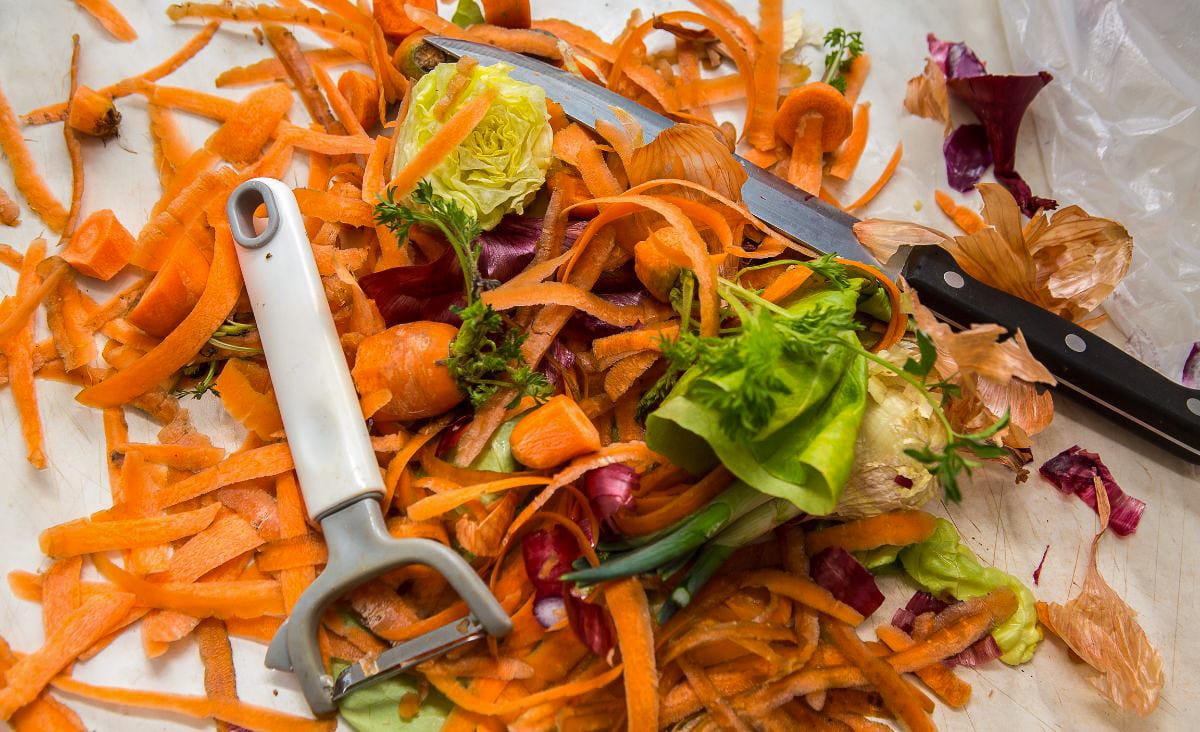
If you’re like me, your kitchen scraps add up fast—coffee grounds, onion peels, eggshells, carrot tops. It’s easy to toss them in the compost without a second thought. And don’t get me wrong—composting is a great habit. But what if I told you some of those scraps could be doing even more before they hit the pile?
From boosting your garden to feeding your pets, from cleaning your house to adding flavor to your meals, many kitchen scraps have a second life waiting to be tapped. Whether you’re on a tight budget, trying to reduce waste, or just love getting more out of what you already have, these creative ideas go way beyond compost.
Kitchen Scraps That Feed You Again
Not all scraps belong in the trash—or even the compost bin. Some of them are still useful in the kitchen, especially if you like stretching your groceries as far as they’ll go. Here are 12 veggies you can grow from scraps.
Regrow Veggies from Scraps
You can regrow green onions, celery, romaine lettuce, and even carrot tops in a sunny windowsill. Just place the base in a shallow dish of water and watch new growth emerge in a matter of days. It’s not only fun (especially for kids), but it’s a practical way to get more out of your groceries.
Garlic Sprouts as Microgreens
Sprouted garlic cloves can be potted up and used like green onions or chives. The greens have a mild garlicky flavor and make a great garnish for soups or eggs. It’s a simple way to repurpose cloves that are past their prime.
Save Vegetable Peels for Homemade Broth
Keep a freezer bag full of onion skins, garlic ends, carrot peels, celery tops, and herb stems. Once it’s full, toss the scraps into a pot with water and simmer for a rich, flavorful broth. It’s like free soup magic from something you were going to toss.
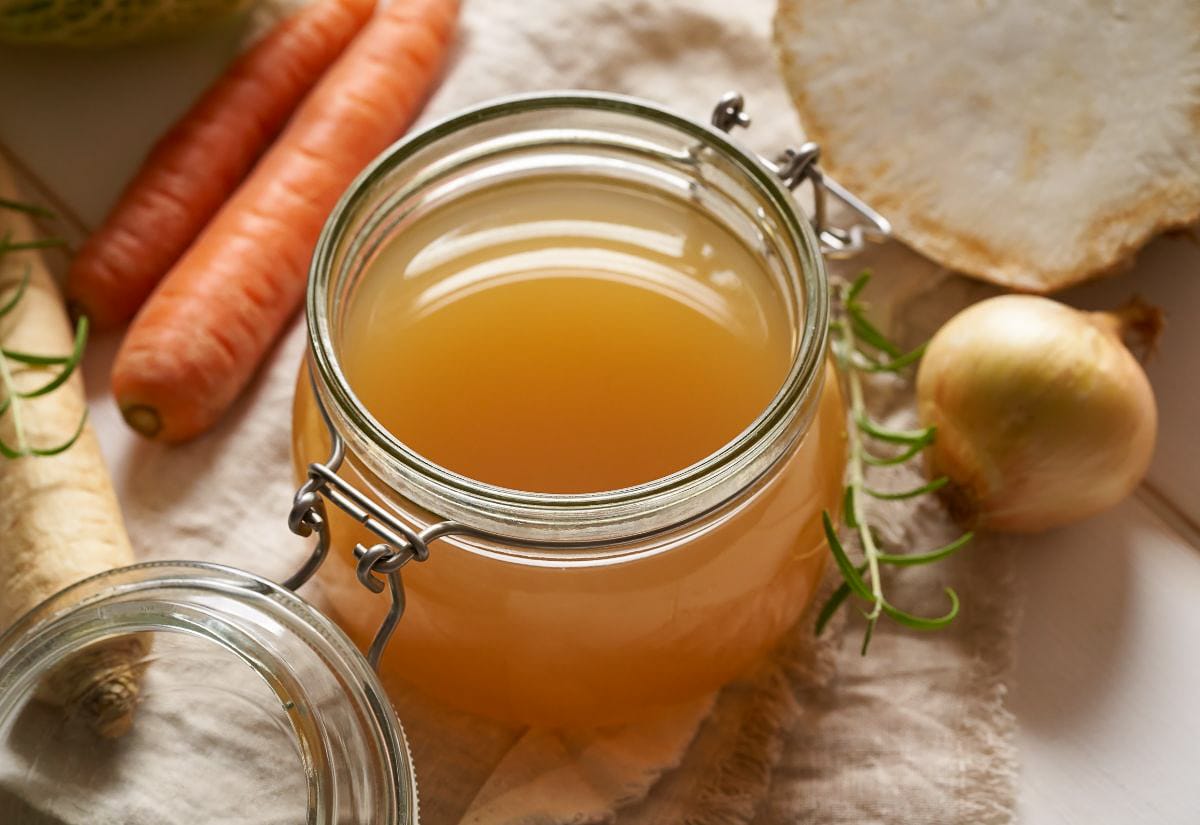
Don’t toss those onion ends and carrot peels—learn how to make vegetable broth using saved kitchen scraps to add depth to soups and sauces.
Scraps for the Garden (That Aren’t Compost)
Your garden can benefit from more than finished compost. Some scraps can go straight into the soil—or help your plants thrive in other ways.
Crushed Eggshells for Soil and Pest Control
Crushed eggshells provide a calcium boost to your soil and help deter soft-bodied pests like slugs. Sprinkle them around tomato plants or mix into potting soil. Just be sure they’re dry and crushed finely for the best results.
If you’re looking for more safe, frugal ways to deal with bugs in the garden, these natural pest control tips that actually work will give you a great head start.
Coffee Grounds as Fertilizer
Used coffee grounds are rich in nitrogen and can be sprinkled directly around acid-loving plants like blueberries, roses, and hydrangeas. They also help improve soil texture. Just avoid piling them on too thick or you’ll end up with a moldy mess.
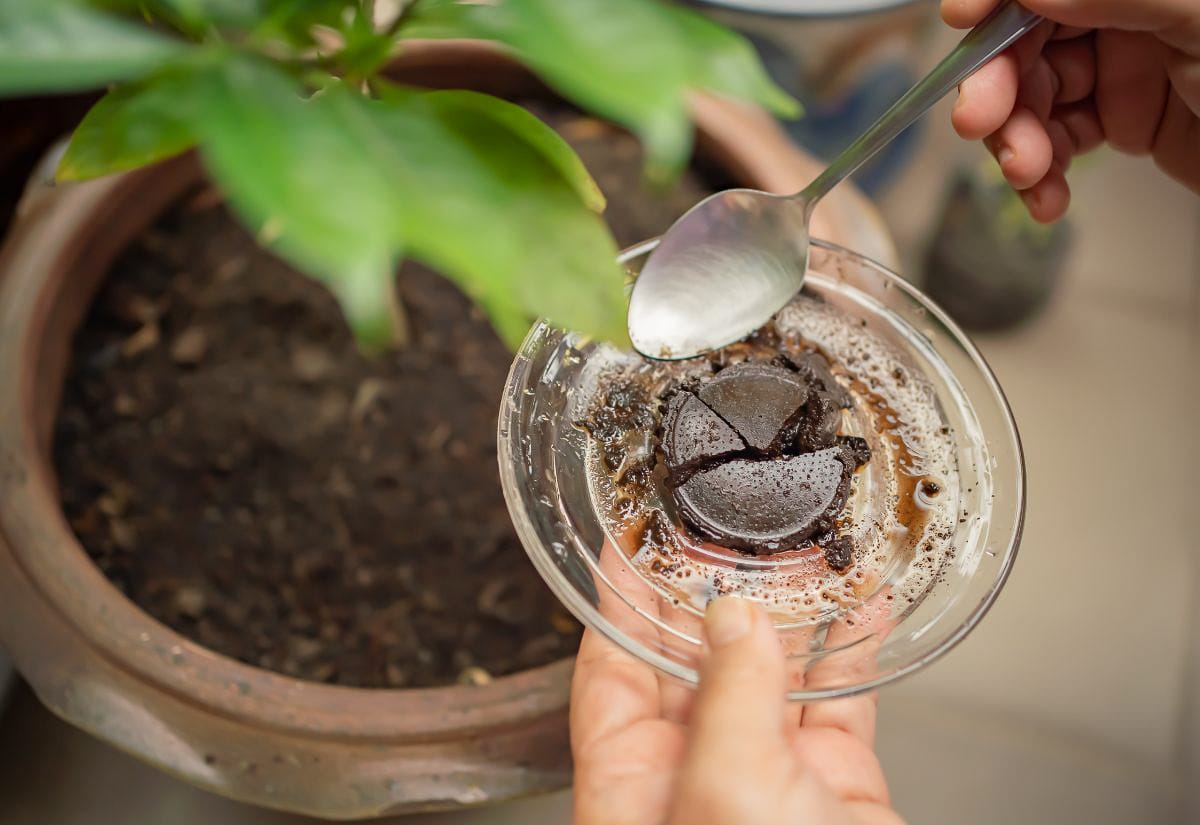
Banana Peels for Plant Boosts
Chop banana peels and bury them near the base of plants for a slow-release potassium source. You can also soak peels in water for a few days and use the liquid as a fertilizer “tea.” Tomatoes, peppers, and houseplants love it.
Banana peels are just one of many pantry staples that can boost your plants. Check out these other frugal garden fixes hiding in your kitchen.
Potato Peels as a Trap Crop
Believe it or not, potato peels can be used to trap pests like wireworms in your garden beds. Bury a handful where you plan to plant and check it in a few days—discard the peel and pests before you sow seeds. It’s like setting a sneaky bait station, but make sure you remove them quickly before they rot.
Scraps for Cleaning and Household Use
Before you reach for store-bought cleaners or toss another peel, try putting your scraps to work around the house. Some make surprisingly effective and chemical-free solutions.
Citrus Peels for Homemade Cleaner
Fill a mason jar with vinegar and citrus peels (lemon, lime, orange). Let it steep for 2–3 weeks, strain, and pour into a spray bottle. It makes a powerful all-purpose cleaner that smells way better than straight vinegar.
Want more ways to clean naturally? Here’s how to make your own household cleaning products using everyday ingredients you already have.
Cucumber Peels for Cleaning Stainless Steel
Rub the inside of a cucumber peel on faucets, sinks, or appliances to remove streaks. It leaves stainless steel shiny and clean with no chemicals needed. Bonus—it smells fresh too.
Onion Skins as Natural Dye
Don’t throw away those papery layers! Boil them to create a natural dye for fabric, yarn, or Easter eggs. You’ll get beautiful shades of gold, rust, or orange depending on the onion and material.
Onion skins create stunning earthy colors, especially around Easter. Try these simple recipes for making natural dyes in a variety of hues.
Scraps That Feed Animals
Whether you raise chickens or just want to make your dog a homemade treat, some kitchen leftovers can become quality animal feed.
Chickens Love Leftovers
Quail, chickens, and ducks can eat a wide variety of fruit and veggie scraps. Avoid anything moldy, salty, or processed, but carrot peels, squash guts, and apple cores are fair game. It’s an easy way to supplement their diet and reduce waste.
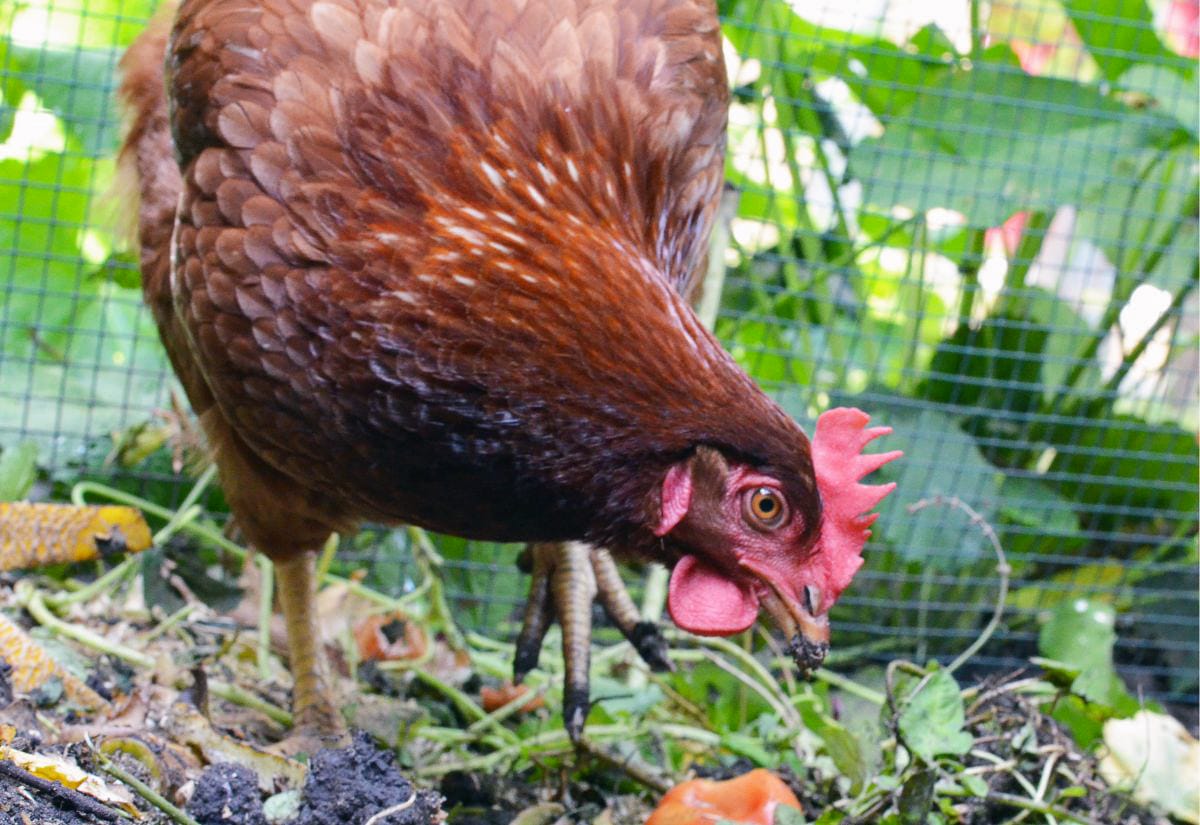
Chickens are surprisingly good at handling kitchen scraps—and they’ll turn them into compost for you. Here’s why you might want to let your chickens do your composting.
Start a Worm Bin
Worms love banana peels, coffee grounds, and shredded veggie scraps. Vermicomposting creates rich worm castings for your garden, and it’s a great project for small spaces. You don’t need a fancy setup—just a bin, bedding, and kitchen scraps.
Curious about vermicomposting? Here’s a simple breakdown of why you should try composting with worms, even on a small scale.
Make Homemade Dog Treats
Use leftover pumpkin puree, sweet potato, or bits of cooked meat to make simple DIY dog biscuits. Mix with oats, an egg, and a little flour to form a dough, then bake. Just double-check that all your ingredients are safe for dogs (no onions, garlic, or xylitol).
If you like the idea of using food scraps in homemade pet treats, try these apple oatmeal dog treats your pup will love.
Scraps for DIY Projects and Crafts
Get a little creative with your scraps and you’ll find they’re not just useful—they’re beautiful, too. These ideas are fun for gifts, hobbies, and weekend projects.
Herb Stems for Homemade Sachets
Save woody herb stems like rosemary, thyme, or lavender. Dry and tuck them into homemade sachets or drawer fresheners. They’re great for gifting or keeping linen closets smelling fresh.
Want to make your own scented sachets? Here’s a step-by-step guide to the best herbs for sachets and how to turn them into natural drawer or closet fresheners.
Avocado Pits for Natural Dye
Boil avocado pits to make a soft pink natural dye for fabric or paper. It sounds strange, but the tannins in the pits create a lovely color. Perfect for handmade cards, cloth napkins, or kid crafts.
Carrot Tops for Pesto
Don’t toss those frilly green carrot tops! They make a tasty, slightly earthy pesto when blended with garlic, lemon juice, nuts or seeds, and olive oil. Serve it over pasta or as a sandwich spread for a farm-to-table twist.
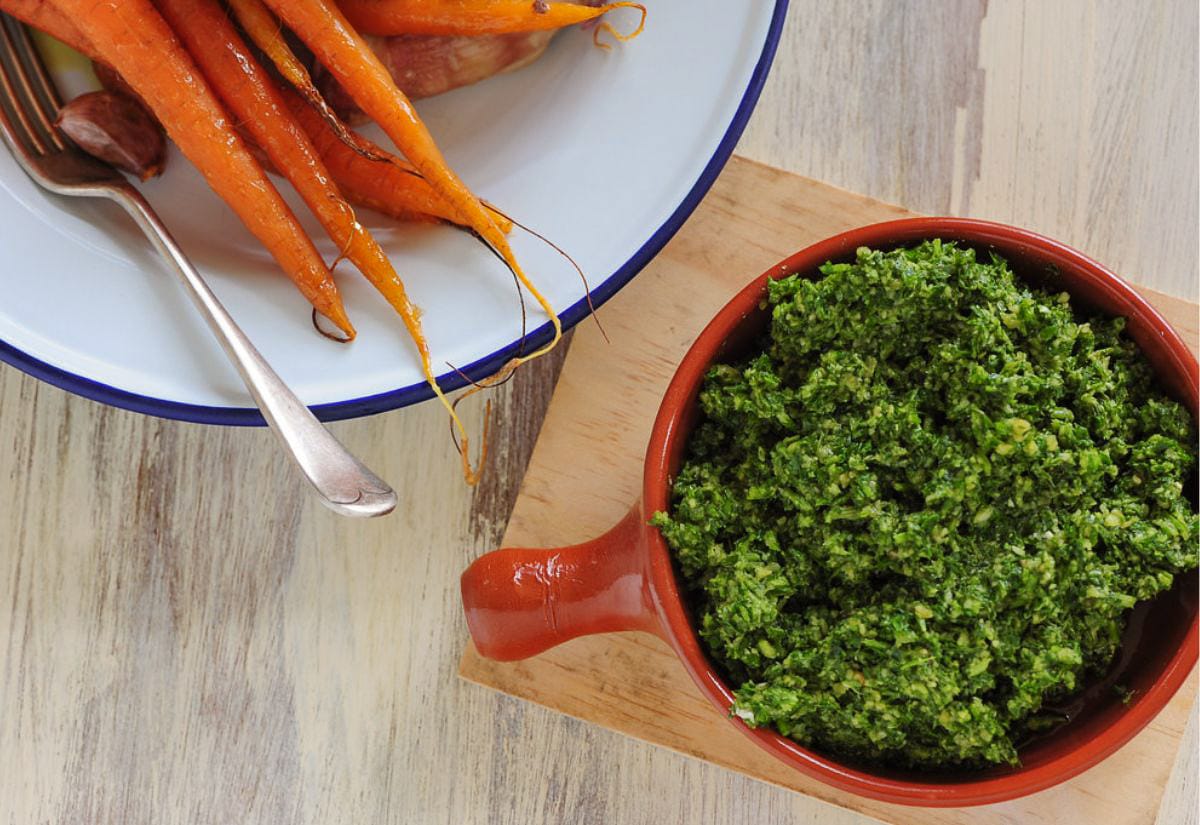
Don’t throw out those tops! This easy carrot top pesto recipe is a great way to turn scraps into a flavorful, nutrient-dense sauce.
Seed Shells as Mulch
Sunflower seed shells or peanut shells can be used as mulch in flower beds or garden paths. They break down slowly and help suppress weeds. Just make sure they’re unsalted and from organic snacks if possible.
Beauty and Self-Care from Scraps
You don’t need fancy spa products when your kitchen is full of skin-loving ingredients. These scrap-based beauty ideas are simple and soothing.
Oat and Banana Face Mask
An overripe banana and a handful of oats can become a nourishing DIY face mask. Mash together and apply for 10–15 minutes. It’s soothing, hydrating, and gently exfoliating.
For more easy ideas that pamper your skin without the price tag, try one of these homemade face masks for glowing skin.
Cucumber Ends for Puffy Eyes
The classic beauty trick still works—keep cucumber scraps in the fridge and use them under your eyes to reduce puffiness. They’re especially refreshing in summer or after a long day in the garden.
Strawberry Tops for Skin Toner
Strawberry tops steeped in witch hazel create a simple, homemade toner packed with antioxidants. Let them infuse for a few days in the fridge, then strain and apply with a cotton pad.
Scraps for Seed Starting and Gardening Hacks
Some scraps can give your garden a head start long before the season begins. From seed starting to pest control, these tricks help close the loop between kitchen and soil.
Eggshells as Seed Starters
Fill half an eggshell with potting soil and start seeds right inside. When it’s time to transplant, just crush the shell lightly and plant the whole thing. The shell adds calcium to the soil as it breaks down.

Cucumber Peels as Pest Repellent
Cucumber peels can repel ants and cockroaches. Place a few strips where you’ve seen pests and replace every few days. It’s not foolproof, but it can be part of a natural pest control plan.
Herb Stems for Rooting
Leftover stems from basil, mint, or oregano can be rooted in water and planted to grow again. Place them in a glass on the windowsill and watch the roots appear. Free plants from dinner scraps? Yes, please.
Troubleshooting Your Zero-Waste Journey
Don’t toss those scraps—pin this guide and put them to work!
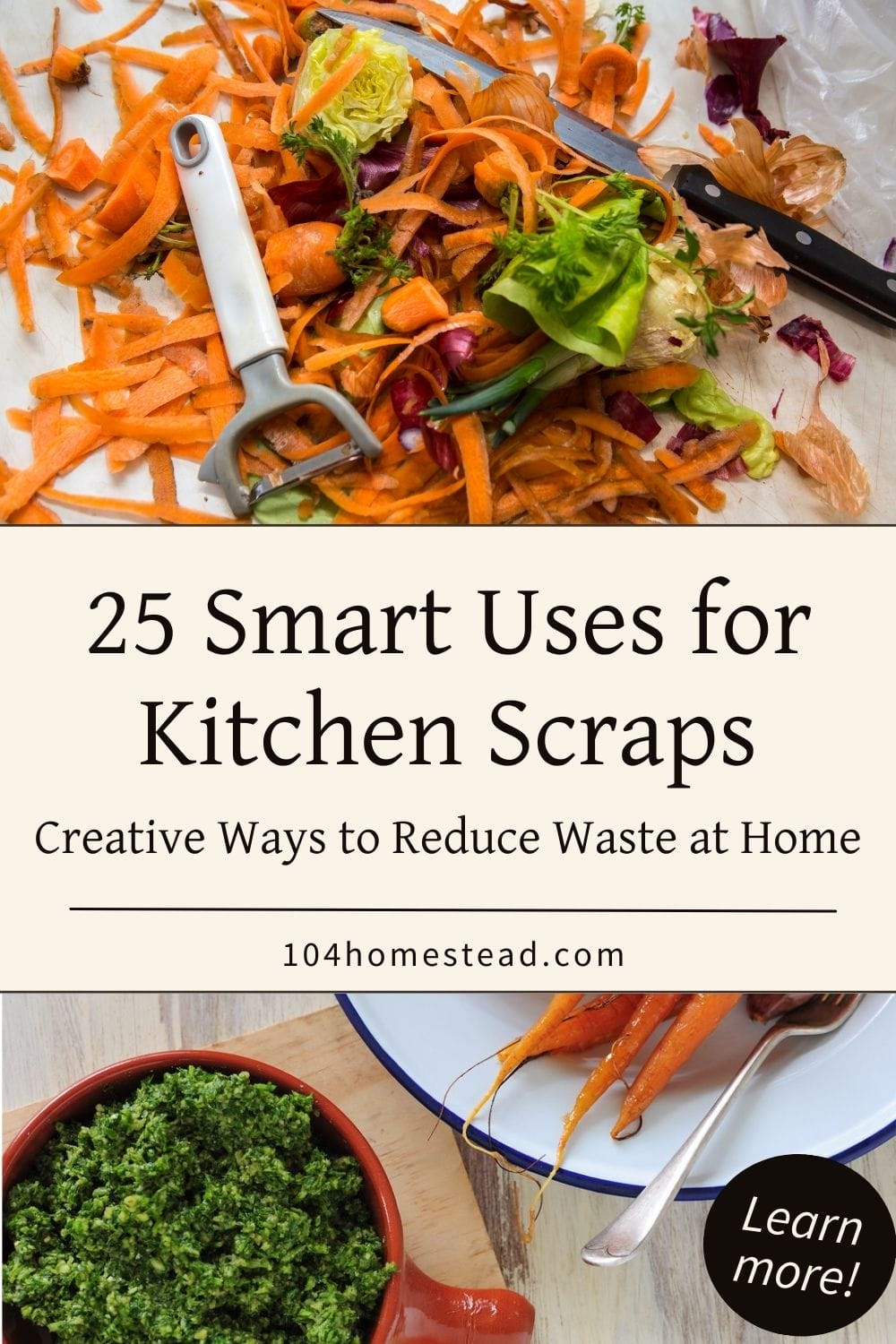
Even if you’re already composting, it’s worth slowing down and thinking: can I squeeze a little more value out of this first? With just a bit of planning and creativity, those everyday scraps can do double duty before they hit the bin.
What’s the most unexpected way you’ve used kitchen scraps? Share your favorite trick—or one you’re excited to try—in the comments below. I’d love to hear how you make the most of every bit.




